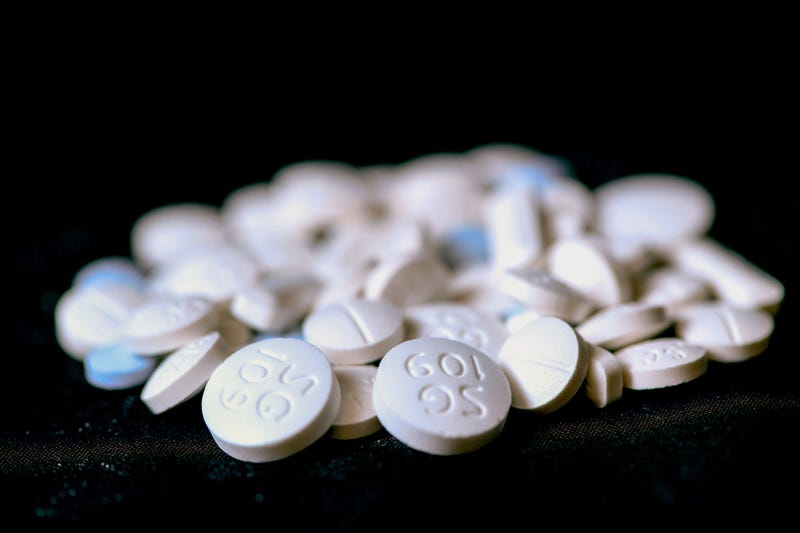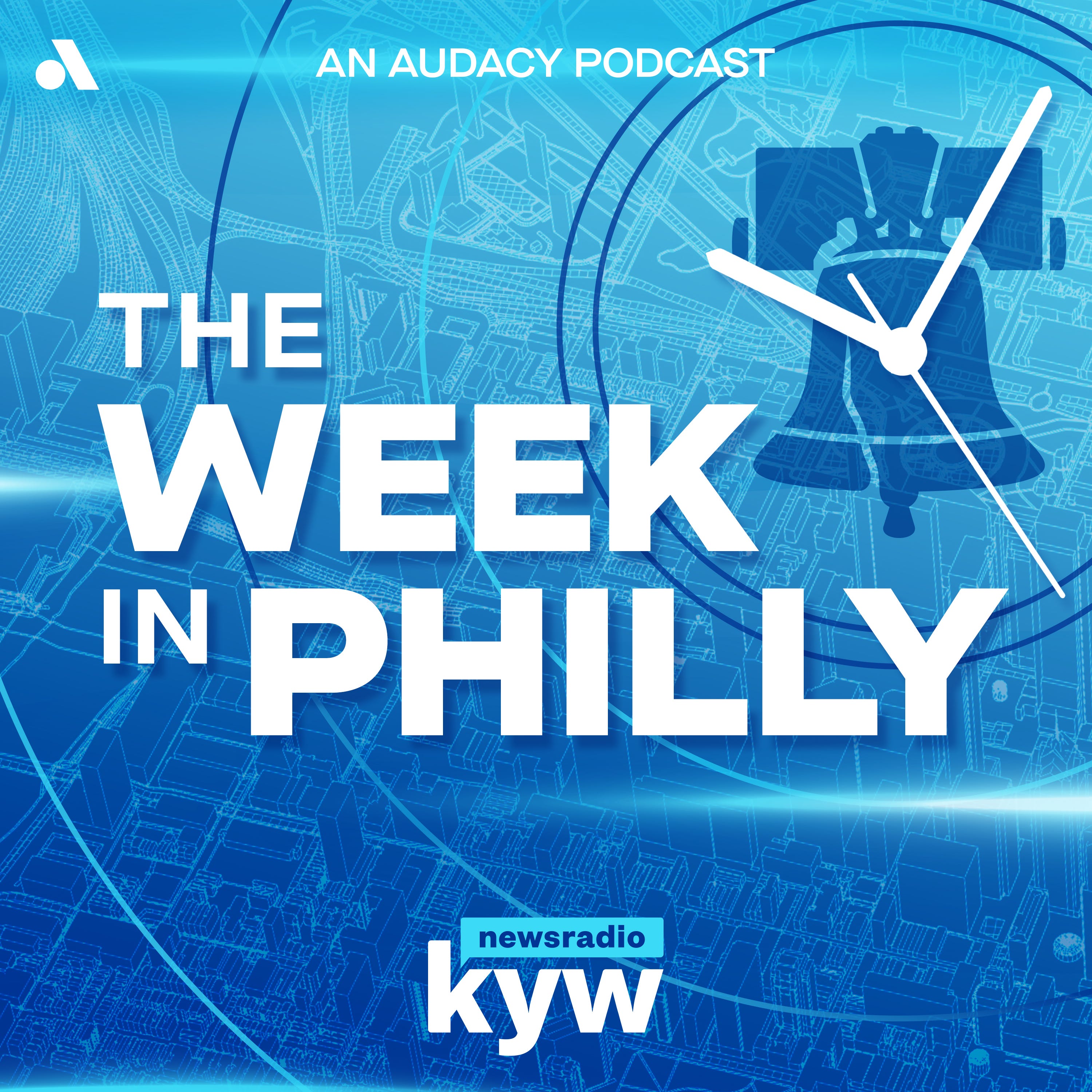

PHILADELPHIA (KYW Newsradio) — The opioid crisis hasn’t gotten the same headlines as it had prior to the COVID-19 pandemic. But not only has the issue not receded, but it has actually gotten worse.
On one hand, clinical psychologist Dr. Jaime Zuckerman says people have become more actively involved in organizations intended to curb the crisis, and there have been many efforts to reduce the number of prescriptions given and flag repeated fillers.
“Everything’s kind of integrated into one system now, so it’s easier to figure out who may be abusing or who’s selling,” she said. “They’ve implemented things in doctor’s offices where sometimes you have to take a urine test, and so there’s a lot of these steps that are in place.”
While precautions are in the medical community, the opioid crisis has grown during the pandemic, a time when people are losing their jobs or experiencing higher rates of anxiety, depression or general substance use.
“[It] just kind of spirals into other types of substance use,” Zuckerman explained. “Chronic pain gets worse, and so all of these things together just make it not only just an increase, but I think a lot of the steps they have in place may not be sufficient for the amount of addiction that there is in the communities.”
While other addictions may be rooted in depression or personal traumas, opioid addiction is often not. Opioids are prescribed to ease physical discomfort, not emotional pain.
“It’s that physiological piece … that takes hold of you,” Zuckerman said. “It hooks you in … almost not even your choice, you’re not aware of it. And then before you know it, your body is craving it.”
That’s where the cycle of addiction really kicks off, she said.
“When you can’t get any more prescriptions, that’s when people start to buy it on the street, and then you’re not going to work so then you lose your job. And so it cycles into a prescription that’s given, let’s say, for real pain … and then it starts to translate into what people think of as addiction,” she added.
In this episode of KYW Newsradio In Depth, the podcast team asks Zuckerman what these drugs actually do to people and why it’s so hard to come out on the other side.
For more on this systemic crisis and the difference between prescription opioids and fentanyl-laced street drugs, listen in the podcast player below:




